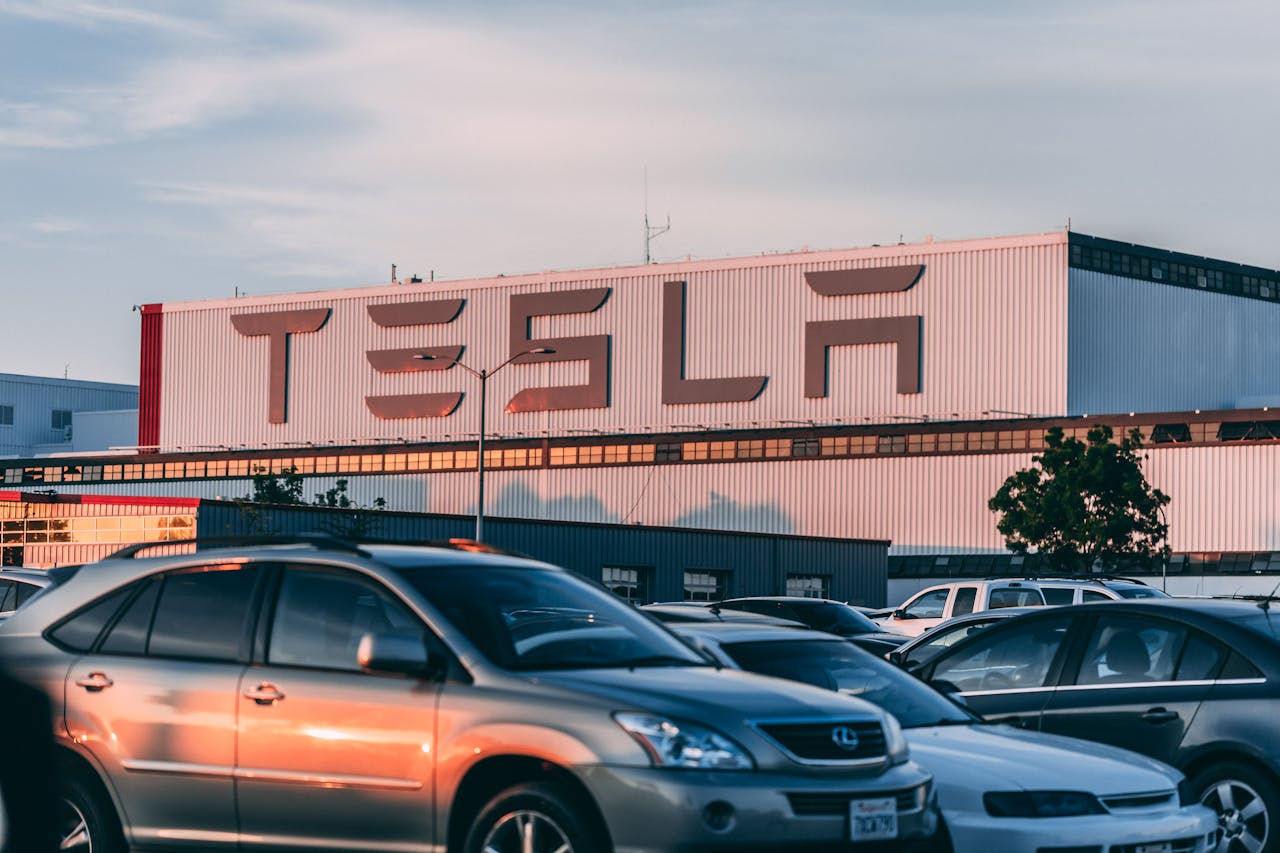
Tesla’s Q2 Delivery Slump: Navigating Headwinds in a Shifting EV Market
Tesla has reported a 13.5% year-over-year decline in Q2 deliveries, continuing a downward trajectory that places the electric vehicle giant at risk of a second consecutive year of falling sales. Despite a 4.5% rise in share price as the decline was less severe than some forecasts, Tesla now faces the challenge of delivering over one million vehicles in the second half of 2025 to avoid an annual sales decline.
Challenges in a Crowded Market
Competition within the EV sector has intensified, with feature-rich and price-competitive Chinese manufacturers eroding Tesla’s market share across critical geographies. Although Tesla had planned to introduce lower-cost models to stimulate demand, delays have left a gap in its pricing strategy that rivals are exploiting effectively.
Additionally, the potential phase-out of key EV incentives and the risk of escalating tariffs in the United States add layers of complexity to Tesla’s delivery targets. These policy uncertainties may significantly affect consumer demand at a time when economic pressures already influence purchasing behavior.
Signs of Resilience in China
Tesla reversed an eight-month sales decline in China during Q2, driven by the refreshed Model Y, which has shown strong traction in a market where domestic competitors have aggressively scaled production and feature development. The modest rebound in China, coupled with incremental improvements in European markets like Spain and Norway, indicates a potential bottoming out of Tesla’s delivery decline, but the sustainability of this trend remains in question.
Strategic Imperatives for Tesla’s H2 Performance
To regain its growth trajectory, Tesla will need to accelerate the launch of affordable models, optimize production to manage costs under fluctuating global supply conditions, and adapt marketing strategies to address evolving consumer preferences in the EV market. The company’s ability to navigate regulatory uncertainty while maintaining brand equity will be critical in the coming quarters.
For businesses monitoring the electric vehicle sector and sustainability-focused investments, Tesla’s performance in the second half of 2025 will serve as a critical indicator of how premium EV brands can weather economic and policy volatility in a hyper-competitive landscape.
As you track shifts in the EV market, how do you see Tesla’s strategy evolving to sustain growth while maintaining its premium positioning amid rising competition and regulatory challenges?
Explore Business Solutions from Uttkrist and our Partners’, Pipedrive CRM and more uttkrist.com/explore



